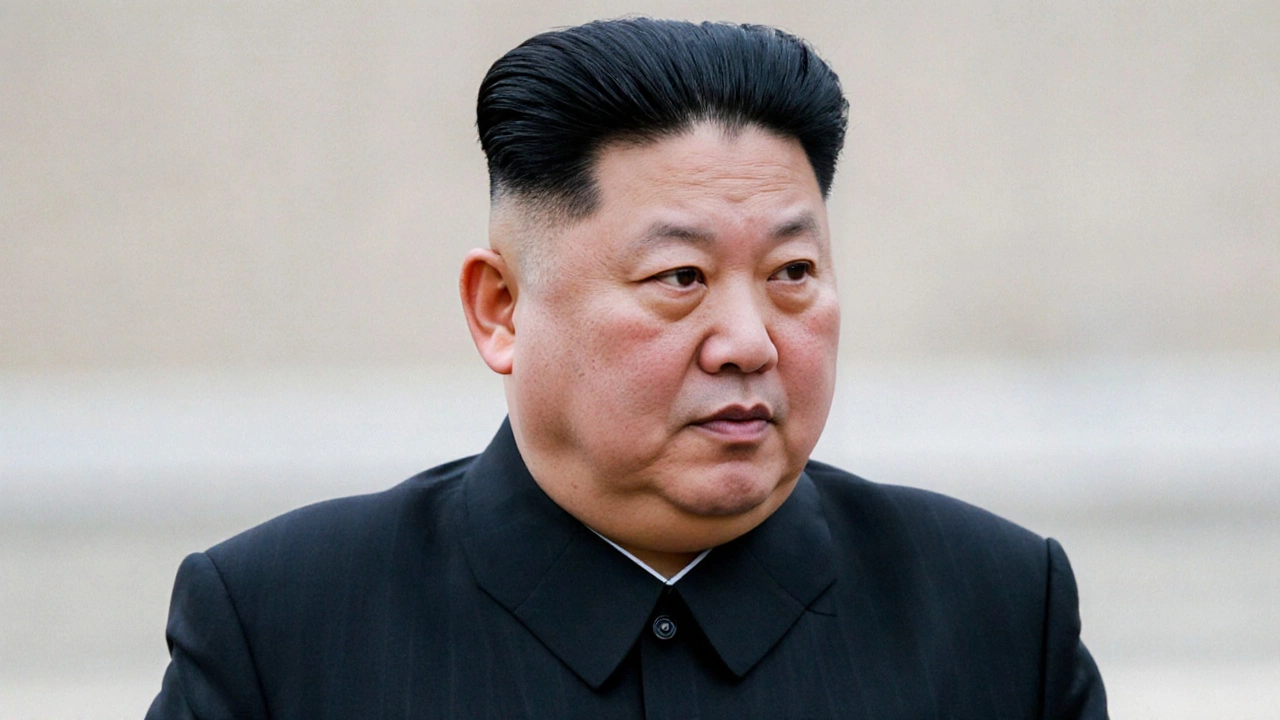Nuclear Threat: What It Means and Why It Matters
When dealing with nuclear threat, the risk that nuclear weapons or material could be used intentionally or accidentally. Also known as atomic danger, we also need to look at nuclear weapons, devices that release massive explosive energy through nuclear fission or fusion, nuclear proliferation, the spread of nuclear technology and know‑how to more states or non‑state actors, geopolitical tension, political friction between countries that can drive arms races, and nuclear safety, measures to prevent accidents and unauthorized use. nuclear threat isn’t just a headline; it’s a web of interlinked factors that shape international security.
Key factors driving the nuclear threat
First off, nuclear threat encompasses nuclear proliferation. When more actors gain the know‑how to build a bomb, the chance of a rogue launch or accidental detonation rises. The Cold War showed how nuclear deterrence can keep superpowers from firing, but it also taught us that a false sense of security can make crises more volatile. Today, the same logic fuels both diplomatic talks and secretive programs.
Second, geopolitical tension influences nuclear threat. Regional disputes—think the Korean Peninsula or South‑Asia—create flashpoints where leaders might consider a nuclear option as leverage. When political rhetoric hardens, the risk of miscalculation grows, and that’s where diplomacy must step in.
Third, nuclear safety impacts the overall threat level. Accidents at civilian power plants, like the 2011 incident in Japan, remind us that even peaceful nuclear technology can generate dangerous material if safeguards fail. Strong regulatory frameworks and transparent inspections lower the chance of material slipping into the wrong hands.
Finally, international agreements such as the Non‑Proliferation Treaty (NPT) act as the backbone of threat reduction. They require signatories to limit weapon‑grade material, share technology for peaceful use, and submit to inspections. When nations honor these treaties, the likelihood of a new nuclear arms race drops sharply.
The landscape isn’t static. Recent events—Russia’s actions in Ukraine, North Korea’s missile tests, and Iran’s enrichment activities—have reignited debate about how to keep the world safe. Each case illustrates a different piece of the puzzle: political ambition, technical capability, and the effectiveness of existing safeguards.
Understanding the interplay between these elements helps you see why experts stress a mix of strong deterrence, rigorous safety standards, and active diplomacy. The articles below dive deeper into each angle, from historical case studies to current policy recommendations, giving you a clearer picture of what the nuclear threat really entails and how the world is trying to manage it.

- Oct 5, 2025
- Blaise Kendall
- 0 Comments
Satire or Threat? North Korea’s ‘nuclear strike’ on Israel — Fact‑check debunks viral claim
A viral claim that North Korea threatened a nuclear strike on Tel Aviv over Greta Thunberg was debunked as satire by Misbar, tracing the story back to the Pamphlets media project.